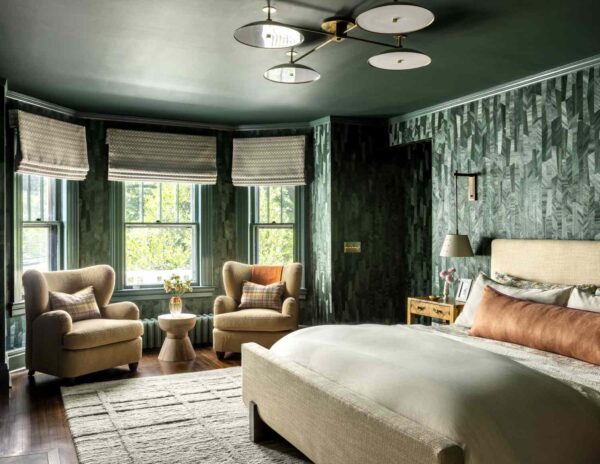
Recovering from a brain injury can be an overwhelming experience. While medical treatments are crucial, the environment in which recovery happens plays a vital role.
The spaces we inhabit directly influence our mood, behaviour, and even our healing process. This is particularly true for brain injury recovery, where thoughtful design can offer more than just comfort—it can foster healing. Let’s dive into how you can create a home environment that aids brain injury recovery.
The power of a calm space
One of the most effective ways to promote healing is through creating calm, stress-free environments. For those recovering from brain injuries, overstimulation can lead to fatigue, confusion, or even setbacks in progress.
Spaces that incorporate soft lighting, soothing colours, and minimalistic design can reduce sensory overload. Neutral tones like beige, greens or soft blues can create a sense of tranquillity. Avoiding clutter also helps maintain focus and reduces distractions.
The choice of materials can be just as important. Natural textures like wood and fabrics such as cotton offer comfort, while being gentle on the senses. Such elements can contribute to a space that feels warm and secure—key factors for promoting emotional well-being.
Enhancing safety and accessibility
Recovering from a brain injury often means dealing with physical and cognitive impairments. Homes that support healing should also enhance safety and accessibility.
Thoughtful design that considers mobility aids, such as wide doorways, smooth flooring, and grab rails, can make daily tasks more manageable. Non-slip flooring is another important consideration, reducing the risk of falls—a common concern for those regaining physical strength.
Beyond physical safety, cognitive support is equally important. Using clear signage, colour-coded spaces, or even smart home technology can provide essential guidance and minimise confusion.
Simple reminders, whether through visual cues or automated systems, can help those recovering from brain injuries to maintain a sense of independence while reducing cognitive strain.
Light and nature
Natural light is a powerful tool in recovery. Sunlight helps regulate sleep patterns, improves mood, and provides a sense of time, all of which are essential for those recovering from brain injuries.
Large windows, skylights, or open spaces that allow sunlight to fill rooms can boost healing. However, it’s important to have options for adjusting light levels—like blackout blinds or dimmer switches—to prevent overstimulation when necessary.
Incorporating nature into the design is another way to create a healing environment. Whether through houseplants, views of gardens, or water features, natural elements have been shown to lower stress levels and promote calm.
The role of professional guidance
Creating a healing home for brain injury recovery isn’t something that should be done in isolation. Brainkind support services offer services that are designed and tailored to the specific needs of the individual.
You will also get expert advice on how to best modify a home for cognitive and emotional recovery, while ensuring safety and accessibility.
Designing a home that heals is about more than aesthetics; it’s about creating a space that fosters recovery, supports well-being, and encourages independence.
By focusing on calm, accessibility, and emotional support, you can transform a home into a sanctuary of healing for someone recovering from a brain injury.
